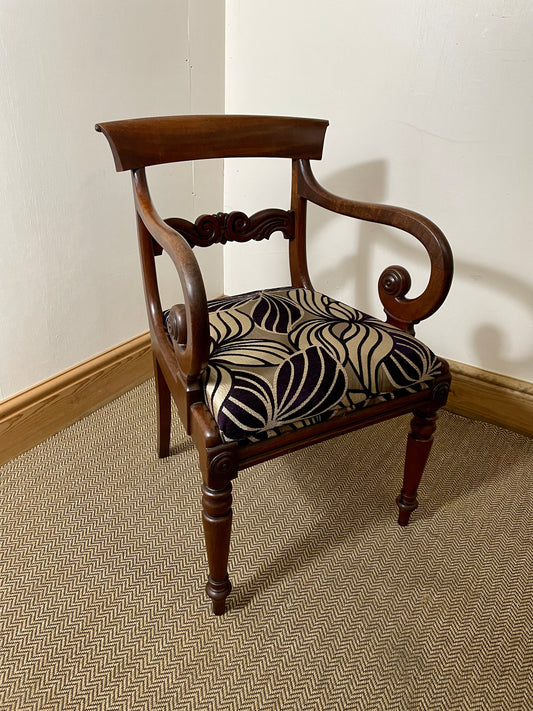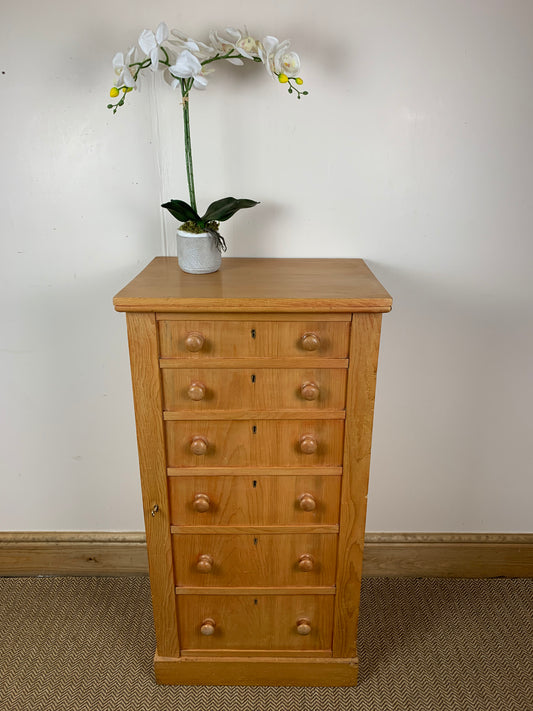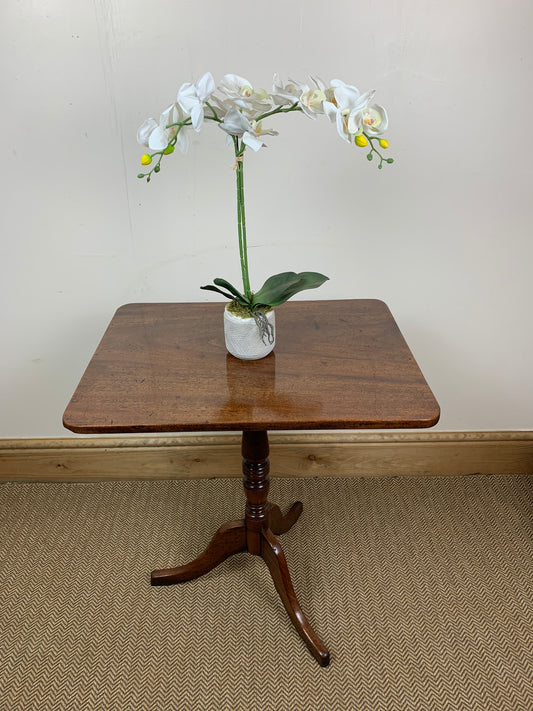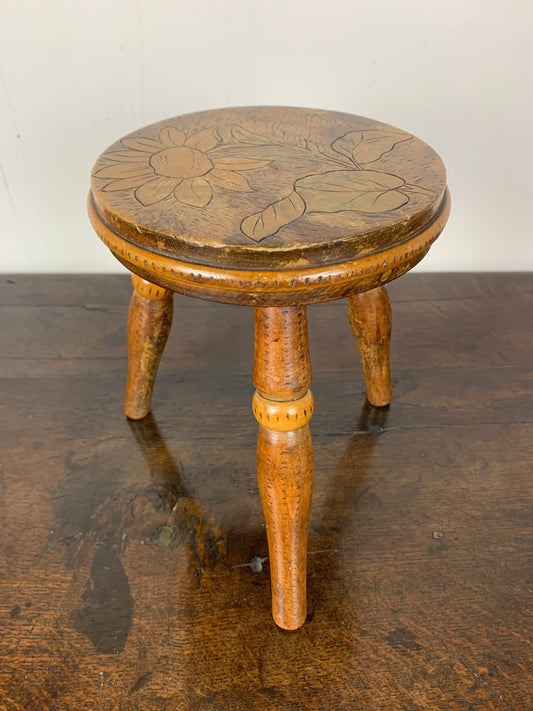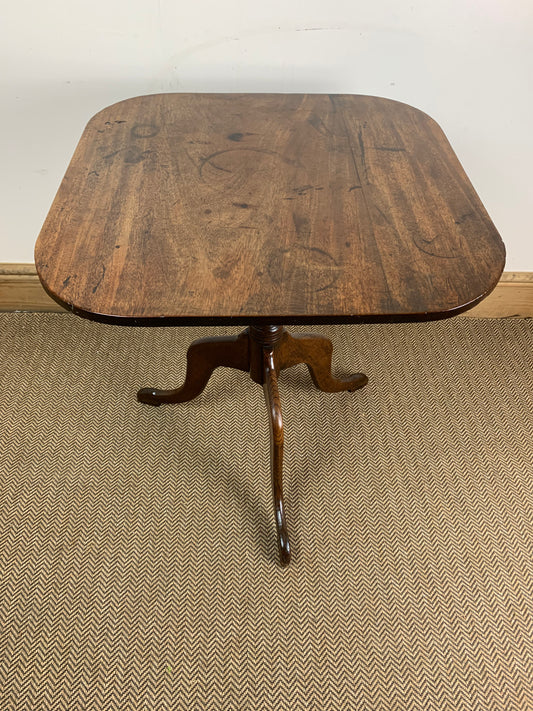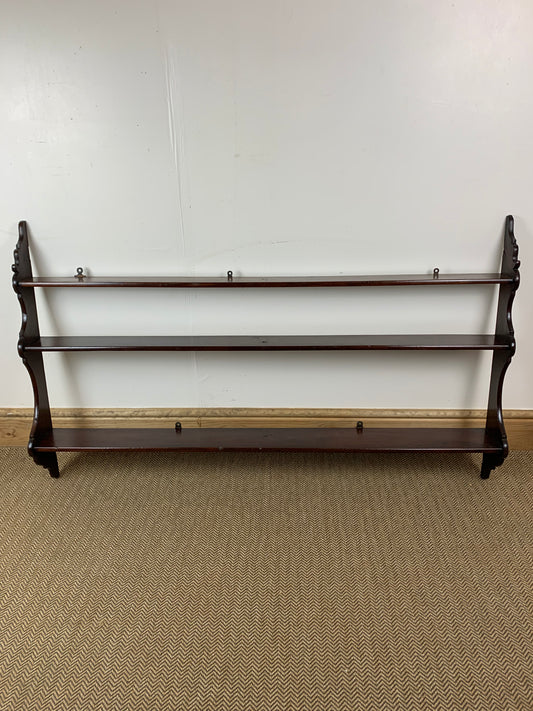Introduction
Welcome to our interior design blog, where we help homeowners like you turn their living spaces into dream homes. In this post, we aim to provide you with an abundance of inspiration and practical tips to revitalise your home, covering various aspects of room interior design, from living room ideas to bedroom designer insights.
Importance of room interior design
A well-thought-out room interior design not only elevates the aesthetic appeal of your home but also enhances its functionality, making it a comfortable and inviting space for you and your family. By paying attention to the principles of room designing and incorporating the latest trends and ideas, you can create a home that truly reflects your personality and style.
Room Designing: The Foundation of a Beautiful Home
Before you begin redecorating or redesigning any space, it's essential to understand the principles of room designing. These basic guidelines will help you create a harmonious and aesthetically pleasing environment, laying the foundation for a beautiful home. Let's explore the five key principles of room designing.
Balance
Balance refers to the equal distribution of visual weight within a room. To achieve balance, ensure that furniture, colours, and accessories are evenly distributed throughout the space. This can be done using symmetrical (mirror-image) arrangements, asymmetrical (non-matching) arrangements, or radial (circular) arrangements. A well-balanced room will feel more comfortable and pleasing to the eye.
Rhythm
Rhythm is the sense of flow and movement within a space, created by repeating patterns, colours, and textures. This repetition guides the eye through the room, creating a sense of continuity and cohesion. To establish rhythm, consider using a consistent colour scheme, repeating patterns in fabrics or artwork, or incorporating a series of similar accessories or furniture pieces.
Emphasis
Every room should have a focal point or feature that draws the eye and anchors the space. Emphasis can be created through architectural features (such as a fireplace or large window), a statement piece of furniture, or a bold piece of artwork. By highlighting this focal point, you can establish a clear hierarchy within the room and create a strong visual impact.
Contrast
Contrast involves using opposing elements, such as light and dark colours or smooth and textured surfaces, to create visual interest and excitement within a room. By incorporating contrast, you can prevent your space from becoming monotonous and ensure that each design element stands out. Experiment with contrasting colours, materials, and styles to create a dynamic and engaging room design.
Unity
Unity is the principle that ensures all elements within the room work together to form a cohesive design. To achieve unity, consider using a consistent colour scheme, selecting furniture and accessories that share a common style, and arranging these elements in a way that reinforces the room's overall theme. A unified room will feel harmonious and well-planned, providing a sense of comfort and belonging.
Understanding and applying these five principles of room designing will serve as the foundation for creating a beautiful and functional home. By focusing on balance, rhythm, emphasis, contrast, and unity, you can establish a harmonious and aesthetically pleasing environment that will serve as the perfect backdrop for your interior design journey.
Bedroom Designer Tips: Creating a Sanctuary
Your bedroom should be a haven for rest and relaxation, a sanctuary where you can retreat from the stresses of everyday life. To create the perfect bedroom environment, consider the following bedroom designer tips that focus on comfort, aesthetics, and personalisation.
Soothing Colour Palette
Choosing a soothing colour palette for your bedroom is essential in promoting relaxation and tranquillity. Opt for soft, muted tones, such as pastels or earthy shades, that create a sense of calm and serenity. You can also incorporate accents of bolder colours for added visual interest, but ensure they don't overpower the overall peaceful atmosphere.
High-Quality Bedding and Pillows
Investing in high-quality bedding and pillows is crucial for ensuring a comfortable and restful night's sleep. Choose breathable and soft fabrics, such as cotton or linen, and opt for a mattress and pillows that provide the right support for your body. Don't forget to layer your bed with cosy blankets and throws to add warmth and texture.
Soft Lighting
Incorporating soft lighting in your bedroom will help create a calming ambiance, perfect for winding down at the end of the day. Use table lamps, wall sconces, or floor lamps with warm, low-wattage bulbs to achieve a gentle glow. You can also consider installing dimmer switches to have greater control over the lighting intensity.
Personalisation through Artwork and Keepsakes
Your bedroom should reflect your personality and style, so personalise the space with artwork, photos, and keepsakes that hold meaning for you. Display your favourite pieces on the walls, shelves, or bedside tables, creating a unique and inspiring environment that feels truly yours.
Maximising Storage
A clutter-free bedroom is essential for maintaining a peaceful and serene atmosphere. Maximise storage by incorporating built-in wardrobes, under-bed storage, or multi-functional furniture, such as a bed with drawers or a storage bench. Keep your belongings organised and out of sight to ensure your bedroom remains a calming retreat.
By following these bedroom designer tips, you can create a sanctuary that promotes rest, relaxation, and a sense of personal connection. From selecting a soothing colour palette to incorporating soft lighting and meaningful decor, every element should work together to provide a harmonious and comforting space where you can truly unwind.
Grey Living Room Ideas: Sophisticated and Timeless
Grey living room ideas are perfect for homeowners who desire a chic and timeless interior. Grey is a versatile and sophisticated colour that can be adapted to suit a range of design styles, from contemporary to traditional. In this section, we'll explore how to create a stunning grey living room by experimenting with different shades, textures, and contrasting elements.
Shades of Grey
One of the key factors in creating a captivating grey living room is using various shades of grey, from soft dove to deep charcoal. By incorporating different tones, you can add depth and dimension to the space, preventing it from feeling flat or monotonous. Consider using lighter shades on the walls and floors, while reserving darker tones for furniture and accessories.
Contrasting Colours
To prevent your grey living room from feeling dull, introduce contrasting colours that will create visual interest and bring the space to life. Pair grey with vibrant jewel tones, such as emerald green or royal blue, or use softer pastels, like blush pink or pale yellow, for a more subtle contrast. Experiment with different combinations to find the perfect balance that suits your personal style.
Metallic Accents
Incorporating metallic accents into your grey living room can add a touch of glamour and sophistication. Choose gold or silver accessories, such as mirrors, picture frames, or decorative objects, to create an eye-catching contrast against the grey backdrop. Metallic finishes can also be used on furniture and lighting fixtures to elevate the overall aesthetic of the space.
Textures
Adding a variety of textures to your grey living room will create warmth and character, preventing the monochrome palette from feeling cold or sterile. Mix materials like velvet, linen, and wood to achieve a rich and tactile environment. Consider incorporating plush cushions, cosy throws, and textured rugs to enhance the feeling of comfort and luxury.
Patterned Accessories
Break up the monotony of a grey colour scheme by introducing patterned accessories, such as rugs, cushions, and artwork. Patterns can add visual interest and personality to the space, ensuring it feels dynamic and engaging. Choose patterns that complement your chosen grey tones and contrasting colours to create a cohesive and harmonious design.
By incorporating these grey living room ideas into your interior design, you can create a sophisticated and timeless space that is both stylish and inviting. Experimenting with shades, textures, and contrasting elements will ensure your grey living room is a true reflection of your personal style and taste, providing the perfect backdrop for relaxation and entertainment.
Conclusion
In this blog post, we have explored various room interior design tips to help homeowners create beautiful and functional living spaces. We began by discussing the foundational principles of room designing, including balance, rhythm, emphasis, contrast, and unity. Next, we delved into specific living room and bedroom designer tips, providing guidance on colour palettes, lighting, and personalisation. Finally, we shared sophisticated and timeless grey living room ideas, focusing on the use of different shades, textures, and contrasting elements.
In conclusion, room interior design is an exciting and rewarding process that allows you to express your personal style and create a home that truly reflects who you are. By incorporating these tips and ideas into your living room, bedroom, and grey living room decor plans, you'll be well on your way to a beautiful and functional home. Remember to experiment, have fun, and make your space truly your own. Happy decorating!



